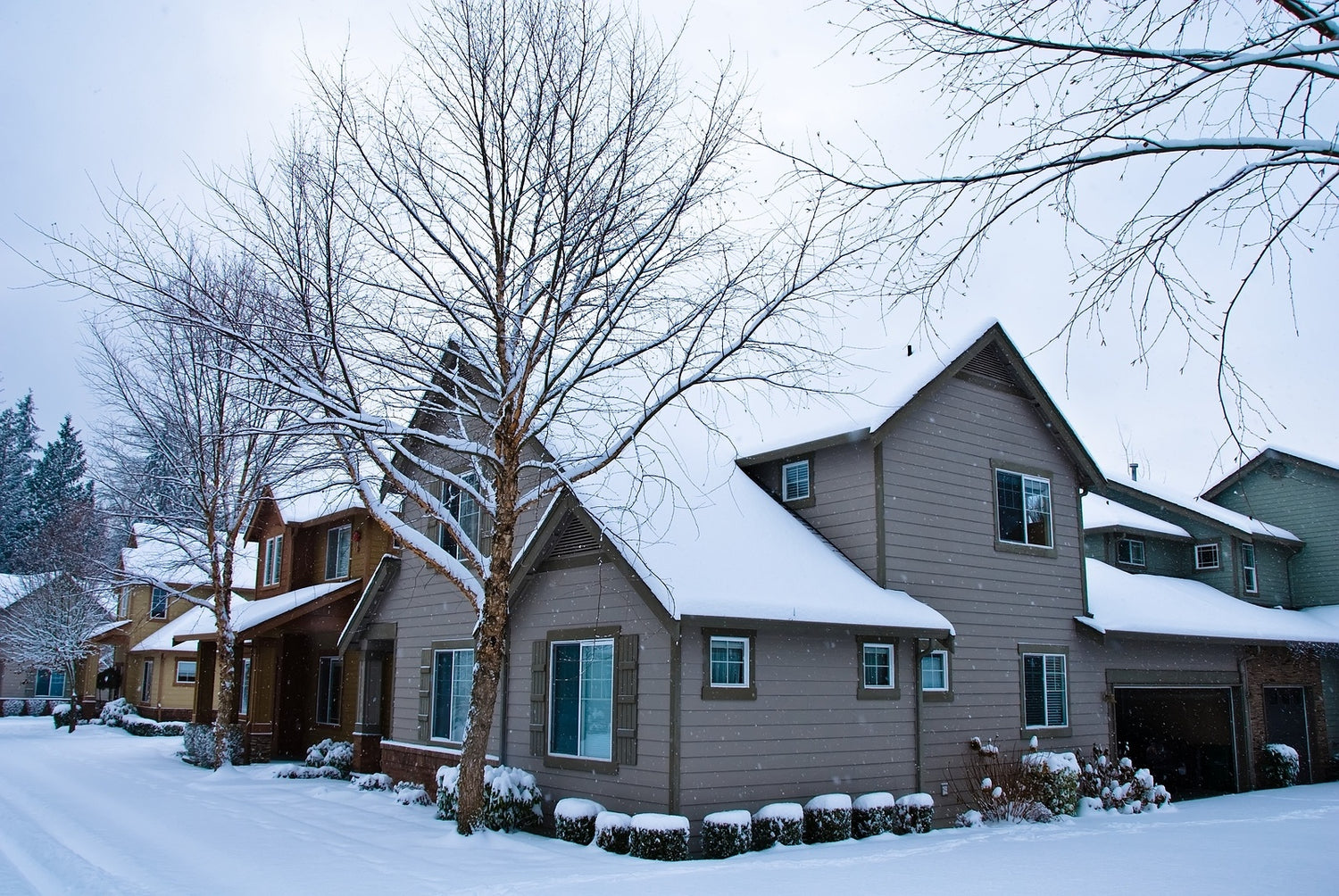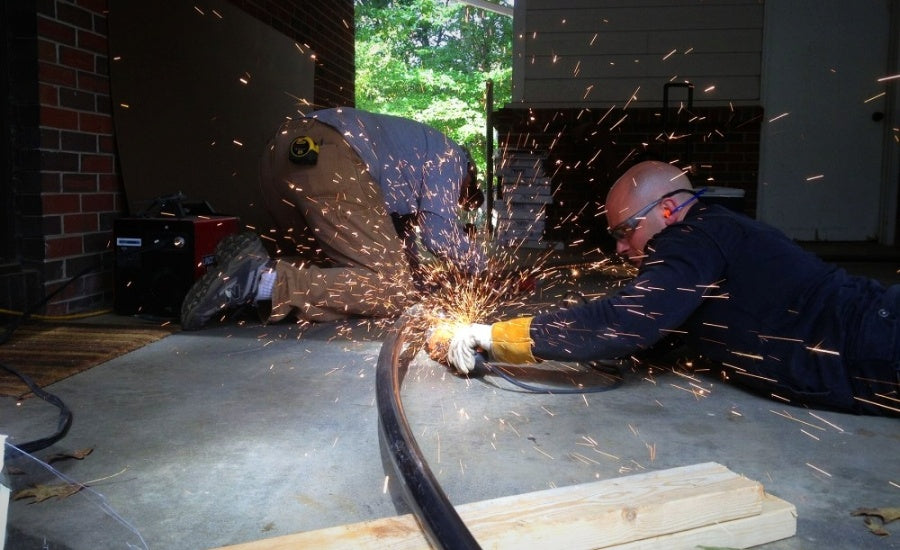
Winter readiness can mean many things, but the desire to "go green" and save on your electric bill must be balanced with the desire to stay warm and comfortable. To put it "colorfully," you want to find a way to go green without turning blue.
Below we have 18 winter readiness tips: most of them are simple and fast to implement, and can help you accumulate significant energy savings:
-
"Winter proof" your home: If necessary, re-caulk around windows and doors and install additional insulation in your attic. Attach high-grade weather stripping to your doors, and put up either storm windows on your home's exterior or plastic sheeting over your interior windows.
-
Get an energy audit: Your electric company may offer a service to inspect your home and find ways to improve its energy efficiency. Or, you can fill in the information yourself using an online audit form (just Google “energy audit”). The suggested upgrades may be covered by government incentives.
-
Switch to more efficient light bulbs: LED and CFL (compact fluorescent) bulbs use much less energy than incandescent, and they give off less heat too. This means they save you money on electricity, and they’re safer to use.
-
Let the sunshine in: Solar heat, when it comes in through your windows and skylights, is free. Keep your curtains and blinds open when it's sunny, and close them when it's not, to trap the heat in.
-
Circulate the heat: Heat travels upwards. To circulate and diffuse heat throughout a room, turn on your ceiling fan to the “low” setting.
Tip: For winter use, make sure your fan runs in reverse (counterclockwise when looking straight up at it). This will pull the cool air off the floor and circulate the warm air back down along the walls to the floor.
-
Bundle up and turn it down: If you’re wearing a sweater and a warm pair of socks, you won’t even notice if the thermostat is turned down a few degrees. In addition, using a warm quilt on the bed, blankets on the couch, comfortable slippers, and throw rugs over otherwise cold flooring will help you stay warm and cozy inside, even if it’s freezing outside.
-
Automate your thermostat: Heating is one of the largest household costs in winter. Using a programmable thermostat allows you to turn the thermostat down (or even off) when you aren't home: this can lead to substantial energy savings over time.
-
Create humid air: Using a humidifier will give you moister air, which will both feel warmer and retain heat more efficiently.
-
Heat rooms selectively: If you have storage areas, guest bedrooms, or other rooms that you don't use very often, seal them off and leave them unheated. For the rooms you use most, set up a space heater to give you those extra degrees when needed: just be sure the space heater isn’t a fire hazard.
-
Minimize exhaust fan usage: Exhaust fans in your kitchen and bathrooms serve a valuable purpose. But in the winter, try to use them as little as possible. This will both leave extra heat in your home and reduce electricity consumption.
-
Use energy-efficient shower heads: If you have an electric water heater, saving water means saving electricity. A "slow-flow" shower head will prevent water waste.
-
Put a timer on your water heater: By turning off your electric water heater when you’re not using it (for example: when you’re asleep), you can save a good deal on your electric bill.
-
Clean out your heating ducts: Most professionals recommend cleaning your ducts at least once a year both to reduce dust circulation and to increase efficiency. Some even say that cleaning your ducts every two months can boost energy efficiency by as much as 50%.
-
Clean your refrigerator coils: Again, a good cleaning can do wonders for energy efficiency. Buying an Energy Star-approved fridge could help even more.
-
Wash full loads of dishes: Dishwashers run more efficiently when full, and do a better job cleaning as well. Furthermore, this will save you on water versus an additional cycle.
-
Keep your freezer full: A full freezer runs more efficiently because it has less cubic feet of air to cool. Even if you need to fill in space with frozen milk jugs, it's better than leaving it empty.
-
Do back-to-back dryer loads: When you do two or more dryer cycles in a row, the machine is already hot for all but the first cycle, and you save on energy. And clean out the lint before each load, since lint can lower energy efficiency by up to 30%.
- Unplug electronics/appliances not in use: TVs, radios, CD players, washers, dryers, dishwashers, and even Christmas lights all consume small amounts of energy when they’re plugged in, even if they’re not in use. A little savings here and there will add up.
You can be both warm and energy-conscious in the winter: just follow some of these winter readiness tips and watch the savings roll in.


